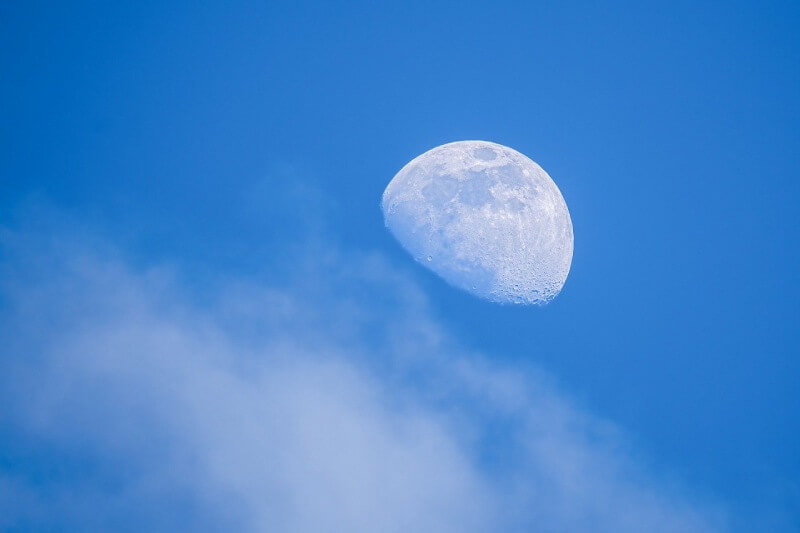Have you ever wondered why some people believe the Moon can appear blue? It’s a fascinating phenomenon that has sparked curiosity and intrigue throughout history. Despite what you may have heard, the Moon itself doesn’t actually turn blue. So, why do we associate this celestial body with the color blue?
In this article, we’ll delve into the origins of the misconception and explore the various factors that contribute to the Moon’s perceived bluish appearance. From atmospheric conditions to optical illusions, we’ll shed light on the intriguing reasons behind this common misconception.
Is the Moon Actually Blue?
To understand why the Moon appears blue to some observers, we need to delve into the concept of light scattering. When sunlight reaches the Earth’s atmosphere, it encounters tiny particles and molecules that scatter the light in different directions. This scattering phenomenon is responsible for the vibrant colors we see in the sky, such as the blue color of the daytime sky. But what does this have to do with the Moon?
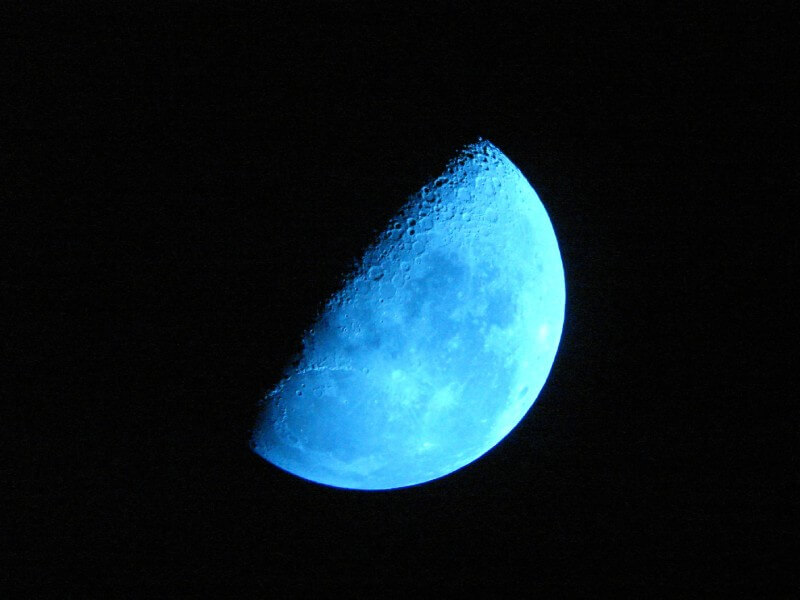
While the Moon doesn’t have an atmosphere like Earth, it is still surrounded by a thin layer of gas called the exosphere. This exosphere contains traces of gases and particles that can scatter light. When the Moon is low on the horizon or during specific atmospheric conditions, the light from the Sun must pass through a larger portion of Earth’s atmosphere before reaching the Moon’s surface. This journey through the atmosphere causes the shorter blue wavelengths of light to scatter more, making the Moon appear bluish to our eyes.
So, the Moon’s perceived blue color is not a result of its inherent nature but rather a fascinating interplay between sunlight, Earth’s atmosphere, and our own perception. It serves as a reminder of the intricate ways in which light interacts with our environment and how our brains interpret the colors we see.
Scientific Explanations for the Blue Moon Phenomenon
The term “blue moon” has captured the imagination of many, conjuring images of a moon bathed in a mystical blue hue. In astronomy, however, the term has a different meaning. It refers to the occurrence of an additional full moon within a calendar month, a relatively rare event that happens roughly once every two to three years. But what scientific explanations underlie this phenomenon?
One of the scientific theories suggests that the term “blue moon” originated from the effect of volcanic eruptions. When a powerful volcanic eruption occurs, it can release large amounts of ash and dust particles into the Earth’s atmosphere. These particles can scatter certain wavelengths of light, including red and yellow, while allowing the shorter blue wavelengths to pass through. As a result, when the Moon is observed through the layer of dust and ash in the atmosphere, it may appear to have a bluish tint.
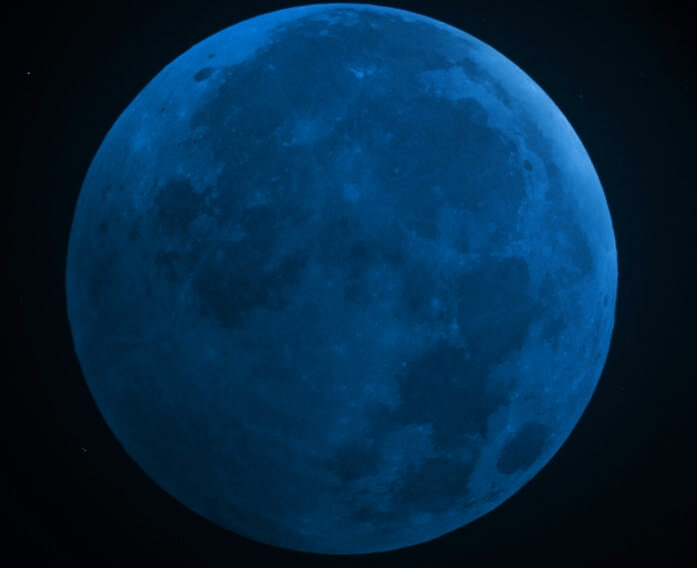
Another scientific explanation for a blue moon involves the presence of certain types of aerosols in the atmosphere. Aerosols, such as smoke or haze from wildfires or dust storms, can scatter light in a similar manner to volcanic ash. When the Moon is observed through a hazy or smoky atmosphere, the scattering of light can give it a bluish appearance.

It’s important to note that atmospheric conditions play a crucial role in the perception of a blue moon. When there are particles or aerosols present in the atmosphere that can selectively scatter light, combined with the angle at which the Moon is observed, the conditions may align to create the illusion of a blue-colored Moon.
The Influence of Atmospheric Conditions on Moon Color
The color of the Moon, normally seen as white or gray, can be influenced by various atmospheric conditions and events. Factors such as pollution, dust, and volcanic eruptions can play a role in altering the Moon’s appearance, sometimes resulting in remarkable color variations.
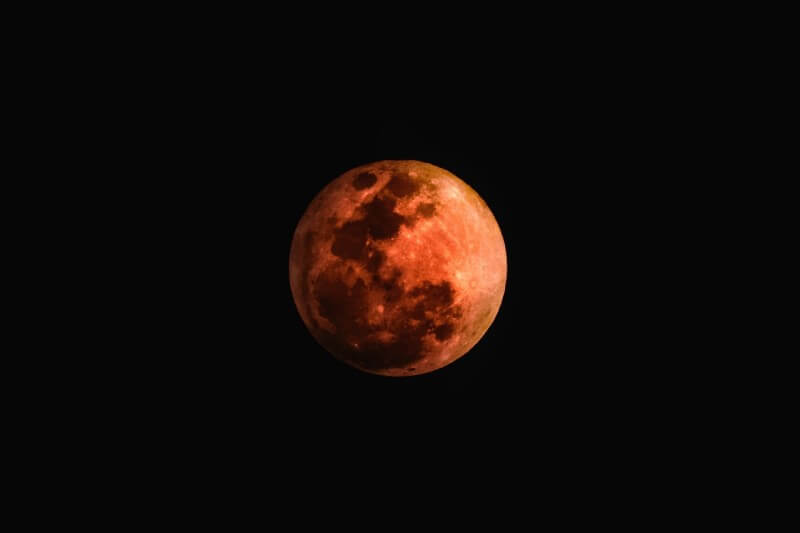
Pollution, particularly in urban areas with high levels of air pollution, can cause the Moon to take on a reddish or orange hue. The presence of particulate matter and pollutants in the atmosphere scatters shorter wavelengths of light, allowing longer wavelengths like red and orange to dominate our perception of the Moon’s color.
Cultural and Mythological Beliefs Associated with a Blue Moon
Blue moons have captivated the human imagination throughout history, leading to a rich tapestry of cultural interpretations and beliefs. Embedded in folklore, superstitions, and symbolism, blue moons have held special significance in various cultures around the world.
● In many ancient cultures, blue moons were seen as rare and auspicious occurrences. They were often associated with transformation, magic, and the manifestation of desires. Some believed that the light of a blue moon held mystical properties, enhancing spiritual practices and facilitating the fulfillment of wishes.
● In European folklore, blue moons were connected to notions of change and unpredictability. They were seen as a time of transition and were believed to influence human behavior and emotions. Some superstitions suggest that during a blue moon, people should be cautious and avoid making important decisions, as the heightened energy of the Moon could lead to impulsive actions or unexpected outcomes.
● Different cultures have also ascribed unique interpretations to blue moons. In Hindu mythology, the blue Moon is associated with the deity Krishna, who is often depicted with blue skin. The blue Moon symbolizes his divine presence and is celebrated as a time of heightened spiritual connection.
● In Native American traditions, blue moons held symbolic significance related to the cycles of nature. They were seen as a time of abundance and fertility, signaling the arrival of bountiful harvests or the flourishing of certain plant species.
Notable Instances of a Blue Moon in History
Dust in the atmosphere can also impact the Moon’s appearance. Large-scale dust storms or volcanic eruptions can inject significant amounts of particles into the air, which scatter and absorb light. This scattering effect can make the Moon appear redder or even coppery, as more of the blue and green wavelengths are scattered away.
Notable instances of atmospheric events affecting the Moon’s color have been observed throughout history. One such event occurred in 1883 following the eruption of the Krakatoa volcano in Indonesia. The volcanic ash and aerosols injected into the atmosphere caused the Moon to appear significantly bluer for several years. Similar color changes have been documented after major volcanic eruptions, such as the eruptions of Mount Pinatubo in 1991 and Mount St. Helens in 1980.
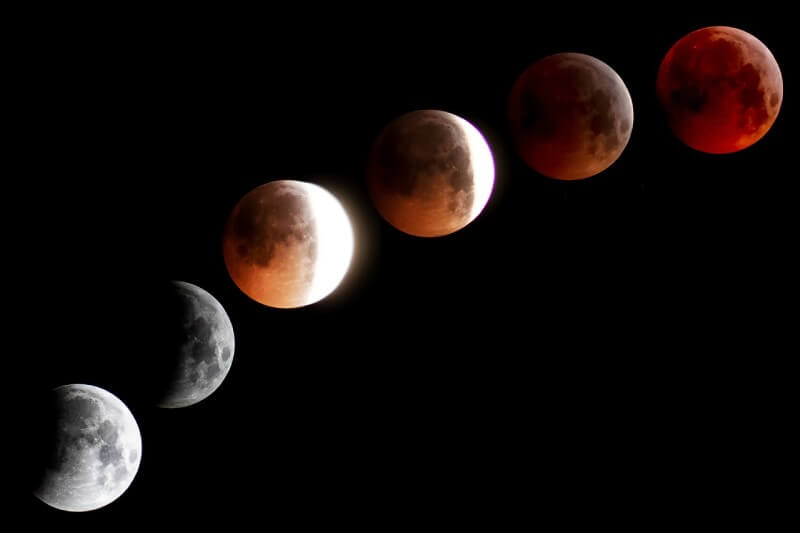
These color variations due to atmospheric conditions can have implications for scientific observations and studies of the Moon. For astronomers and researchers studying the Moon’s surface and composition, it is crucial to account for and understand these atmospheric influences to accurately interpret data and observations.
Conclusion
In conclusion, while the Moon itself does not appear blue in its natural state, the term “blue moon” has a specific meaning in astronomy: it refers to the occurrence of a second full moon within a calendar month. However, the phenomenon of the Moon appearing blue in color can also be influenced by atmospheric conditions such as pollution, dust, and volcanic eruptions.
These factors can contribute to variations in the Moon’s color, creating unique and rare visual experiences. Cultural beliefs and mythological interpretations surrounding blue moons add to their allure and significance in different societies throughout history. Regardless of the scientific or cultural explanations, the Moon continues to captivate our imaginations and inspire curiosity about the mysteries of the universe.
Frequently Asked Questions
What is a blue moon?
In astronomy, a blue moon refers to the occurrence of a second full moon within a calendar month.
Does the Moon actually appear blue?
No, the Moon’s natural color is not blue. The term “blue moon” is a calendar-based definition, not a description of the Moon’s color.
Why do some people perceive the Moon as blue?
Atmospheric conditions, such as the scattering of light by particles in the Earth’s atmosphere, can cause the Moon to appear bluish under certain circumstances.
Are blue moons rare?
Blue moons are relatively rare, as they require the timing of two full moons within a single month, which happens approximately every two to three years.
What cultural significance do blue moons hold?
Blue moons have been associated with various cultural beliefs, folklore, and symbolism across different societies throughout history.

